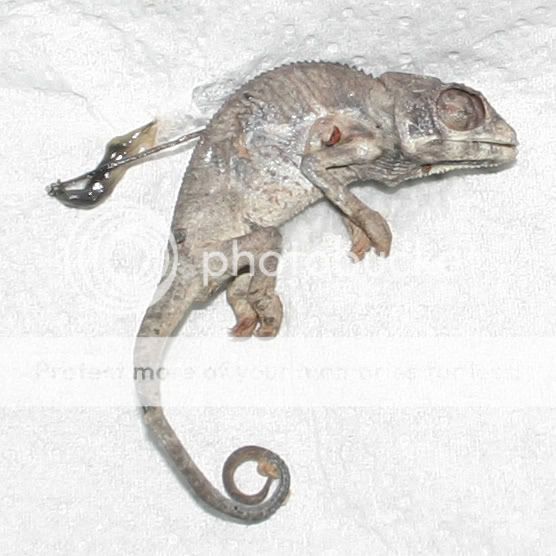Matt1851
New Member
Hey guys i know that the reptisun 5.0 UVB bulb is the best for chameleons but i was wondering what your take on the R-Zilla Desert Series 50, 50 Microwatts UVB 12" light is. Iv been looking at it and it says on the box "UVB light promotes healthy bone development in desert reptiles. Now before everyone thinks im stupid i know it says desert reptiles but i was told it can still be used on chameleons is this true?







